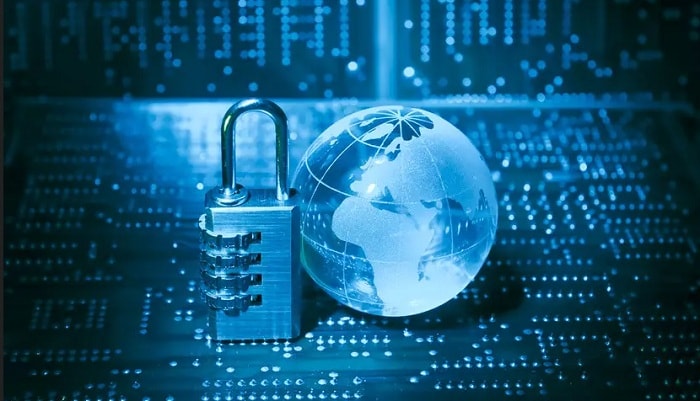The world is undergoing a significant technological transition, resulting in remarkable convenience in our lives. Virtually everything is now achievable at our fingertips. However, alongside these advancements comes an opposing reality. The same technological progress that brings convenience also exposes us to cyber threats. Many businesses lack solid cybersecurity structures, with the telecommunications industry being particularly vulnerable.
Telecom companies, central to digital services, manage vast quantities of highly confidential customer information, making them alluring targets for malicious entities. A breach in such a company compromises personal privacy and has broader consequences for businesses and national safety. It’s essential to comprehend the various cyber risks: Advanced Persistent Threats (APTs), intricate cyberattacks orchestrated by well-funded groups; Remote Desktop Protocol (RDP) attacks exploiting system access vulnerabilities; and Distributed Denial of Service (DDoS) attacks that overload networks.
Safeguarding against cyber threats requires enhancing “cyber hygiene.” Implementing fundamental security practices, such as patching software promptly, employing robust passwords, and encrypting sensitive data, forms barriers against threats. Regular risk assessments pinpoint vulnerabilities before exploitation. Multi-Factor Authentication (MFA) augments security by demanding extra verification while educating employees about cybersecurity mitigates risks. Partnering with Managed Security Service Providers (MSSPs) allows 24/7 monitoring and swift incident responses.
In the context of digital transformation, the telecommunications industry assumes a pivotal role. However, as technology advances, so do the associated cybersecurity risks. Establishing comprehensive cyber resilience frameworks through strong data governance, advanced security measures, and customer-centric services is crucial for telecom companies to be trusted enablers of digital progress while ensuring security and privacy.




















